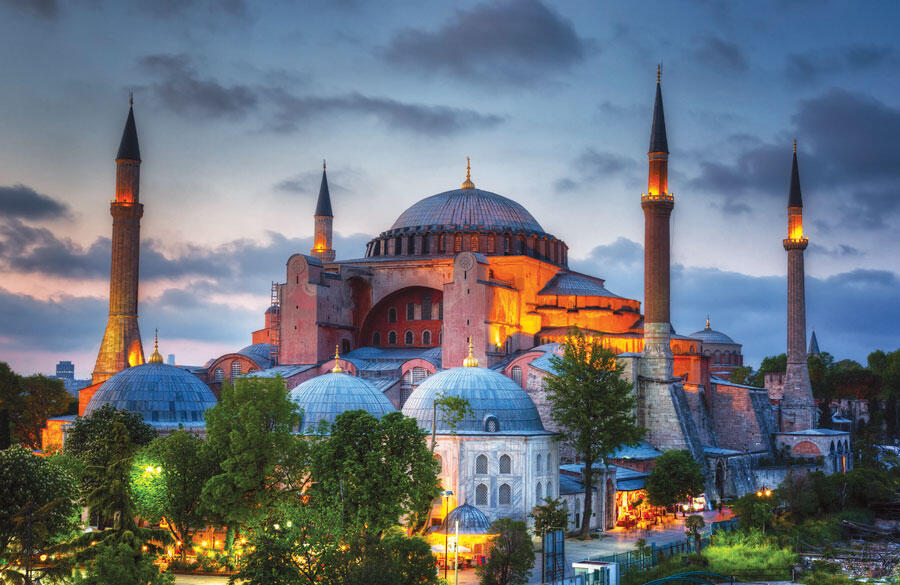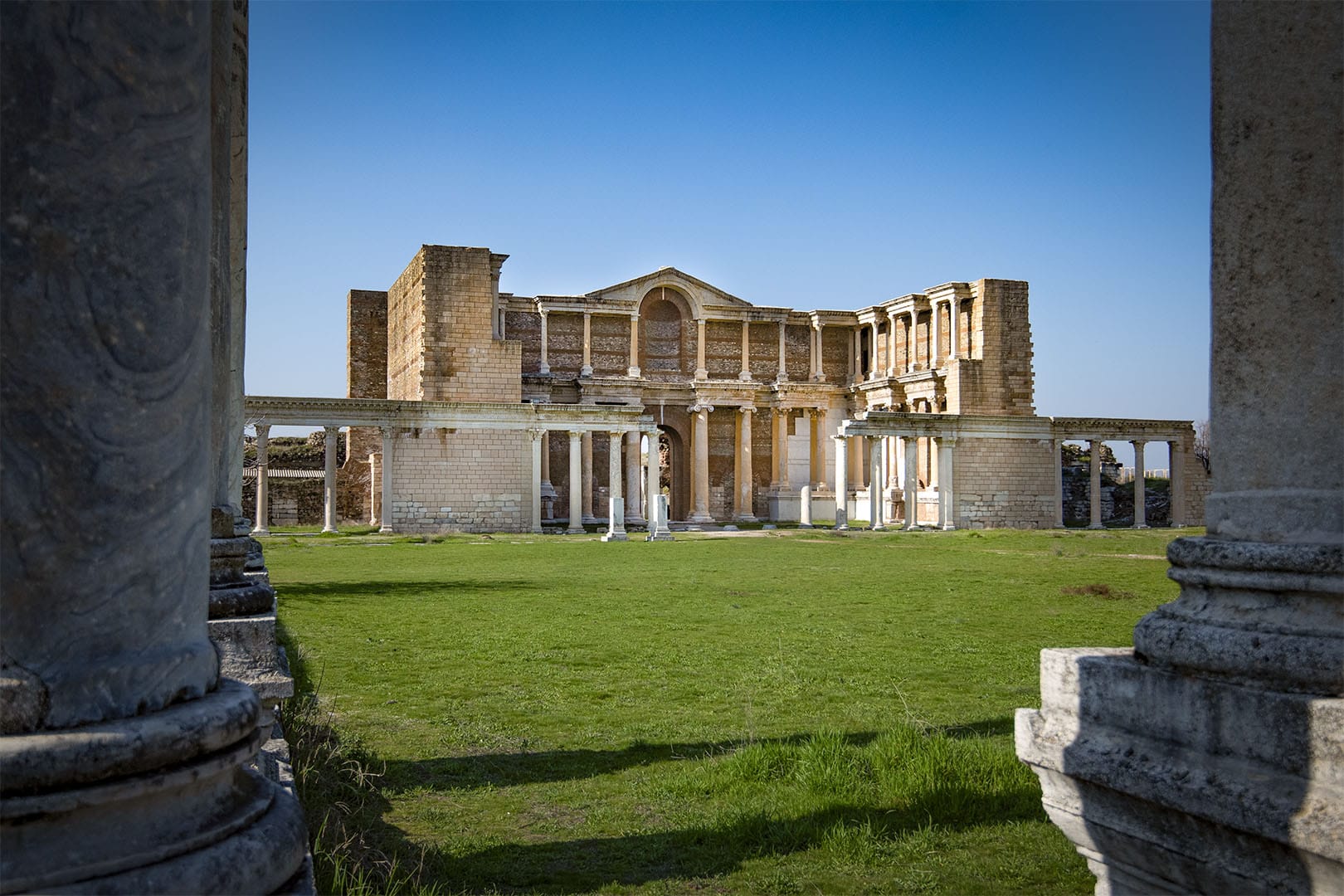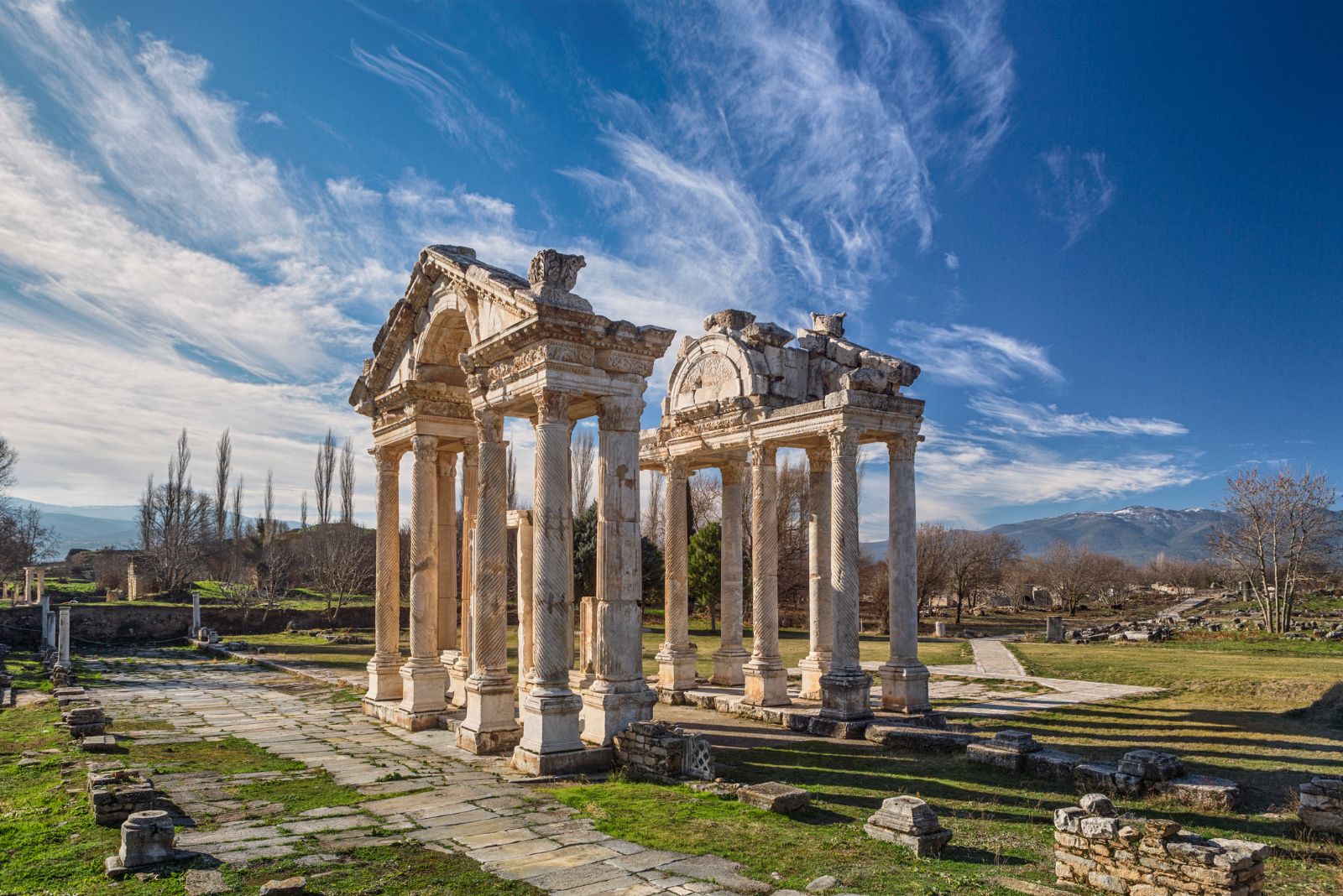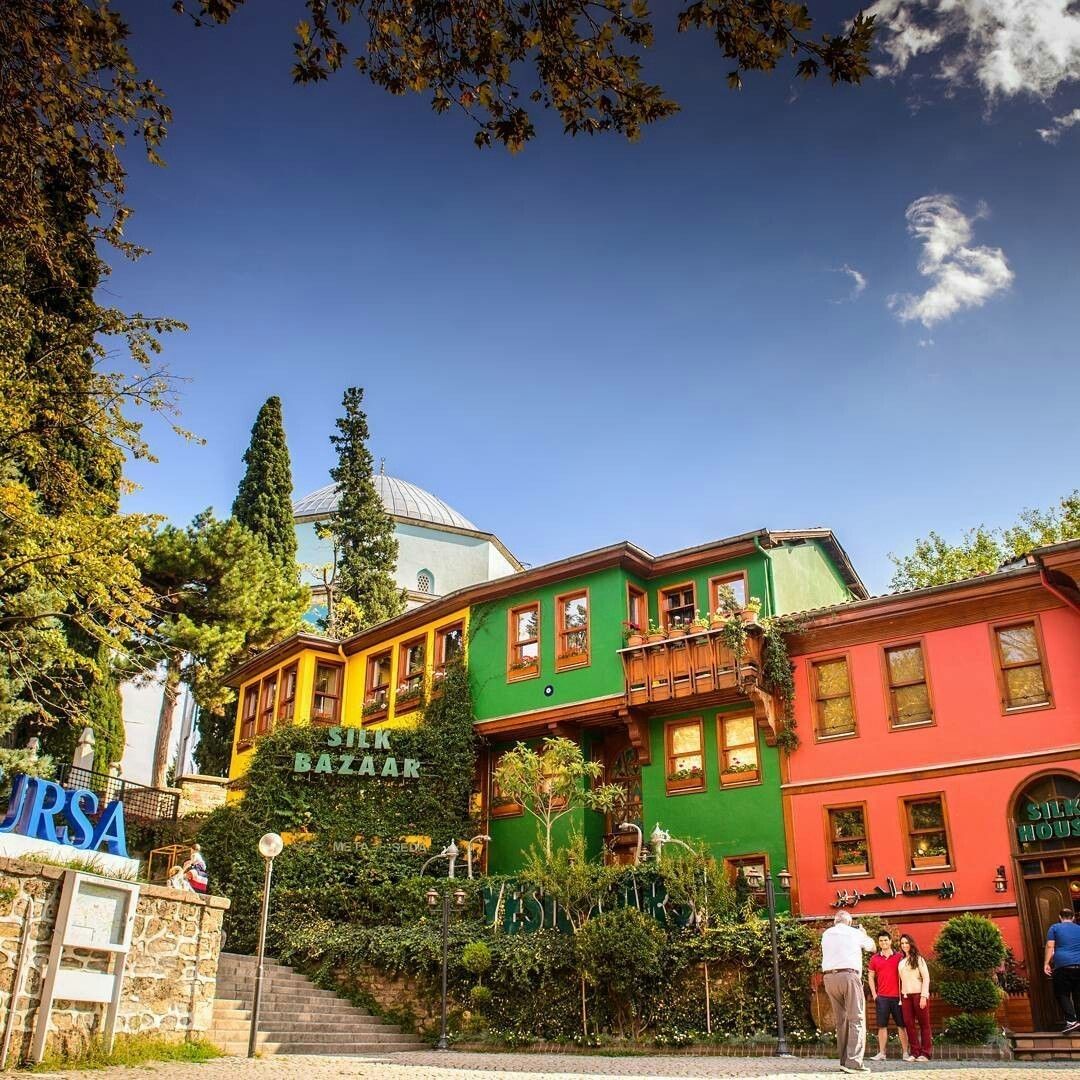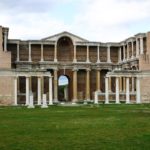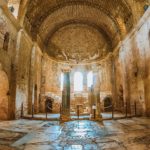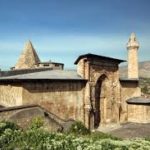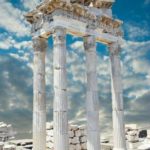As Anatolian land hosted and nurtured so many civilizations over thousands of years, it has been enriched and embellished with some of the most unique and astonishing artistic and cultural products of mankind.
Since antiquity, religious buildings and monuments are among those exceptional cultural works.
HipTravel operates religious interest travel programs designed according to religious identities, historical periods and geographical regions. Following programs are available to religious interest groups:
Following buildings are some of the major religious buildings of historical importance.
– Ahrida and Neve Shalom Synagogues (İstanbul): Ahrida was founded in the 15th century by Macedonian Jews and restored in the 17th century.
– Akdamar Museum (Van): Akdamar is an island in Lake Van featuring works of art in the 10th- century church of the Holy Cross.
– Ayasofya (St. Sophia) Museum (İstanbul): One of the most important Christian monuments ofall time, this ancient basilica, built by Constantine the Great and reconstructed by Justinian in the 6th century.
– Ayasofya Museum (İznik / Nicaea): The Ayasofya (St. Sophia) Cathedral was the seat of the first ecumenical council of 325 and the seventh council of 787.
– Çifte (Twin) Minaret Medrese (Erzurum): This is a 13th-century theological school. The minarets are decorated with a unique tile design. The doors are a magnificent example of stone carving.
– Veysel Karani Complex (Siirt): Built in honor of the Prophet Muhammed's beloved friend, Veysel Karani.
– Yeşil Türbe / Green Shrine (Bursa): This is part of a 15th century monumental Ottoman Complex consisting of a tomb, mosque and medrese (theological school).
– Harran (Şanlıurfa): The Bible records that Abraham lived here and his father, Terah, died here. Harran is known for its interesting cone and cubic shaped dwellings and contains ruins.
– Mt. Ararat (Ağrı): According to the Old Testament, this is the place where Noah's Ark landed.
– Kariye (Chora) Museum (İstanbul): This 11th-century church of St. Savior in Chora is one of the most important Byzantine monuments in İstanbul.
– Mevlana Complex (Konya): The tomb of Mevlana Celaleddin-i Rumi, the most important humanistic and Islamic mystic philosopher, is here.
– Rızvaniye Mosque and Halil-ür Rahman Lake (Şanlıurfa): This is the place where according to legend the prophet Abraham was thrown into a fire, but by a miracle, the fire turned into a pool.
– Sart / Sardis (Manisa): This ancient synagogue built in the 3rd century AD is the most important archaeological discovery in the Sardis excavations. It is one of the oldest synagogue
– Seljuk Mausoleums and Tombstones (Ahlat): Magnificent Seljuk stone carvings from the 12th and 13th centuries are found here. The Ahlat area has many tombstones and mausoleums.
– Cappadocia / Göreme (Nevşehir): Here the early Christians took refuge from Roman persecution. Numerous religious cave paintings display evidence of early Christianity.
Efes (Ephesus) (İzmir): This pilgrimage center for Christians was home to the Virgin Mary and St. John. Ephesus is the first of the churches mentioned in Revelation chapters 1-3.
– Deyrulzafaran Monastery (Mardin): This is one of the most important monasteries belonging to the Syrian Jacobites and is still active today. Mor Gabriel Monastery is also in this area.
– Hacı Bayram Veli Complex (Ankara): Hacı Bayram Veli was a prominent Sufi leader known for his immense tolerance. This complex contains a 15th-century mosque and memorialshrine (türbe).
Seyid Battal Gazi Complex (Eskişehir): The Seljuk and Ottoman complex also dates from the 13th century. Battal Gazi was a commander and a hero who joined the campaign against the Byzantines.
– St. Nicholas (Santa Claus) Church and Museum (Demre-Kale): St. Nicholas was born in Patara and served as archbishop of this church in Myra during the 4th century.
– St. Paul’s Basilica (Yalvaç): St. Paul preached in a synagogue now buried underneath this basilica before continuing on to Iconium.
– St. Philip’s Martyrium (Pamukkale / Hierapolis): A natural white wonderland, Pamukkale is the ancient city where St. Philip was martyred. Remnants of an octagonal basilica built in the 5th century lie here.
– St. Peter’s Grotto (Antioch): The followers of Jesus were first called Christians in Antioch. Paul and Barnabas were sent on their first missionary journey from this cave church. They sailed
– Ulu Mosque (Divriği): This is a 13th century Seljuk mosque. Here you can discover pulpits carved from ebony trees, monuments carved from stone, and immense portals. A portion of this
– Tombs of İbrahim Hakkı Efendi and Hz. Fakirullah (Siirt): İbrahim Hakkı Efendi was a famous author and 18th century scholar who wrote Marifetname. He was also an astronomer from Erzurum who devoted his life to astronom
– Sultan Bayezid II Mosque Complex (Amasya): This mosque, a 15th-century work of art, was dedicated to the Ottoman Sultan Bayezid the Second



